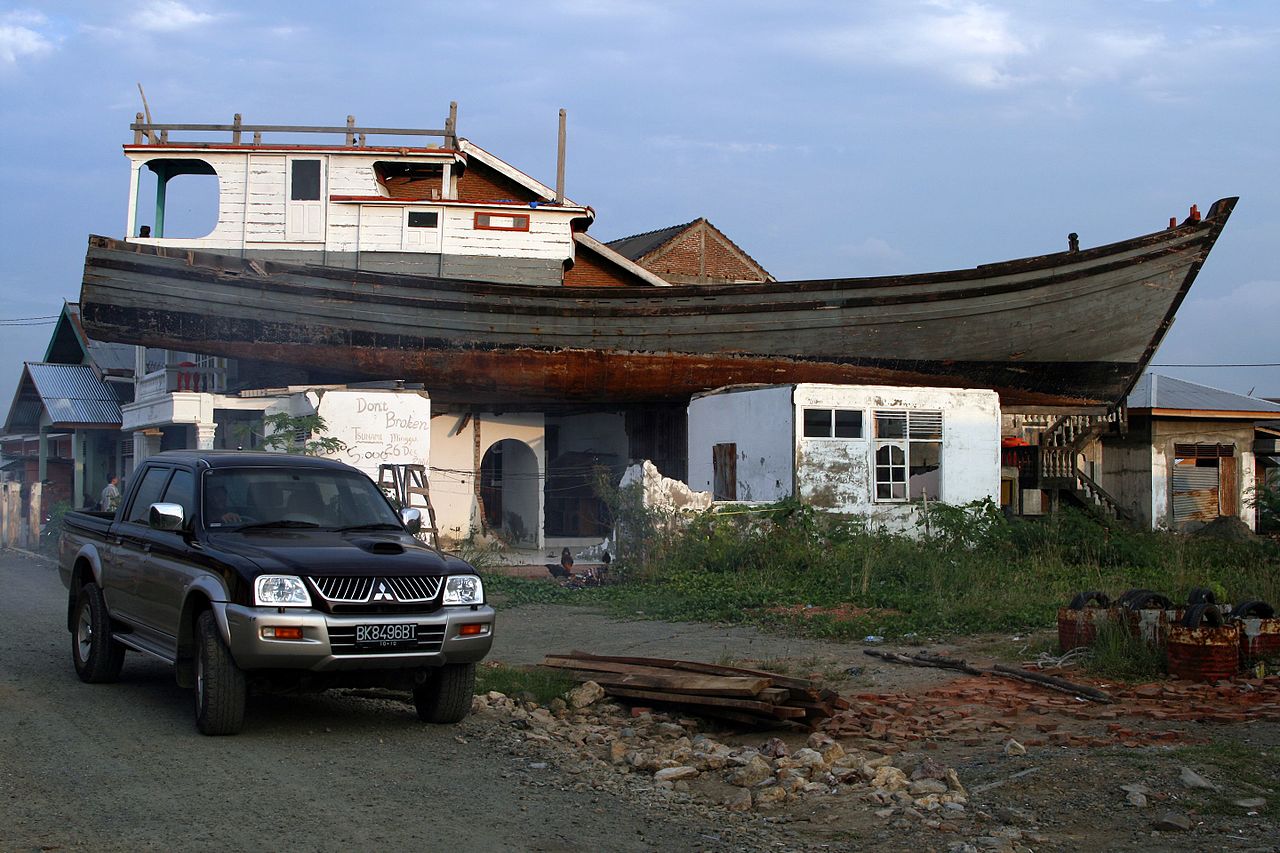It’s fortunate that most Indonesians have a flexible attitude to time. In many Asian and African countries, there’s a sliding scale on the value of timeliness, based on location, the business at hand, and those involved. Business meetings in the capital city are expected to start within ten to fifteen minutes of the scheduled time; in a provincial city, people will show up thirty minutes late without apology; in a village, the meeting will happen when it happens. Social events also operate on a loose schedule, where no one is criticized for showing up “late.”
Jakarta residents, who are expected to be more punctual than people in other places, find it more difficult to be so because of the city’s legendary traffic snarls. With a population of more than ten million, Jakarta is the largest city in Southeast Asia. Its metropolitan area is so large that it has its own name, Jabodetabek (the first letters of Jakarta, Bogor, Depok, Tangerang, and Bekasi combined); with a population of more than thirty million, it’s the second-largest urban agglomeration in the world. Most residents of the largest—Tokyo-Yokohama—rely on public transport. In Jabodetabek, where public transport is slow and unreliable, many take to the roads; every day, Jakarta’s population is swelled by millions traveling into the city to work and trade.
Even outside the official rush hours, it can take three hours to travel across the city (about ten miles). The only sure way to arrive anywhere on time is by motorcycle, weaving in and out of the traffic. One of the fastest-growing e-commerce businesses is Go-Jek, a play on ojek, the word for the popular motorcycle taxi.
The ojek is not as safe as a traditional taxi, or even the three-wheel auto rickshaw bajaj, but if you need to travel fast, this two-wheeled version of Uber is the best option. Taking advantage of the fact that Indonesia is the world’s fourth-largest mobile phone market (it has more SIM cards in use than there are people, according to the Economist), Go-Jek lets users use an app to call a driver for a ride or a delivery.
Slower than a bajaj or an ojek—a bicycle rickshaw
Stephanie and I sampled most forms of public transport—minibus, train, taxi, bus, and bajaj—during a three-day stay in Jakarta. We didn’t expect to travel by ojek. Then the rains came and the side street leading to our guest house was blocked by flooding. Jakarta lies in a low coastal plain, with canals (many of them heavily polluted) running throughout the city. Here, the drains had been blocked by trash, and the water was about nine inches deep. We were about to start wading through it when someone suggested we could get through on motorbikes. We set off on two machines through the muddy water, the drivers weaving around stalled vehicles and floating furniture and over invisible speed bumps. They had a remarkable sense of balance at slow speeds.






























